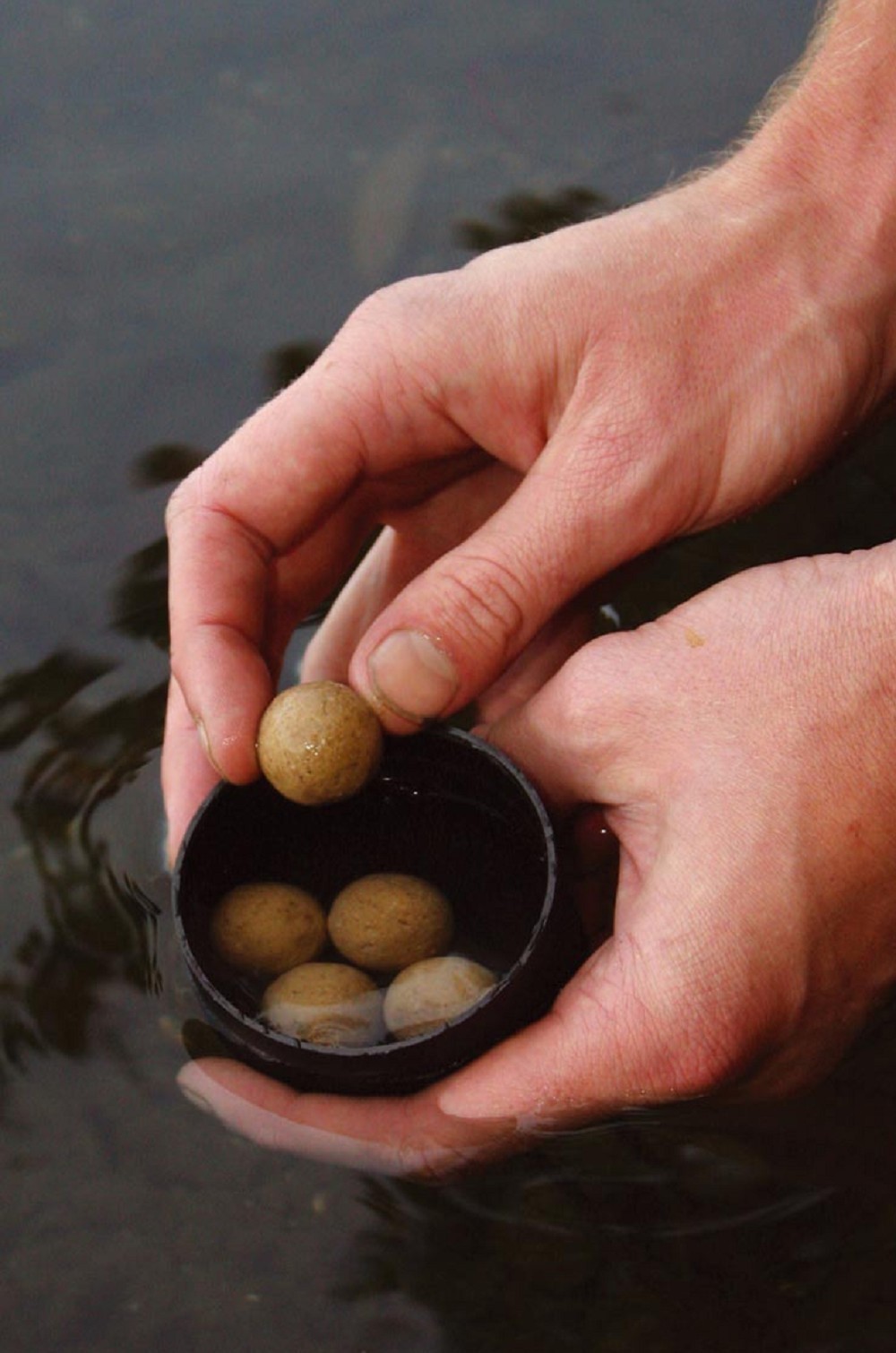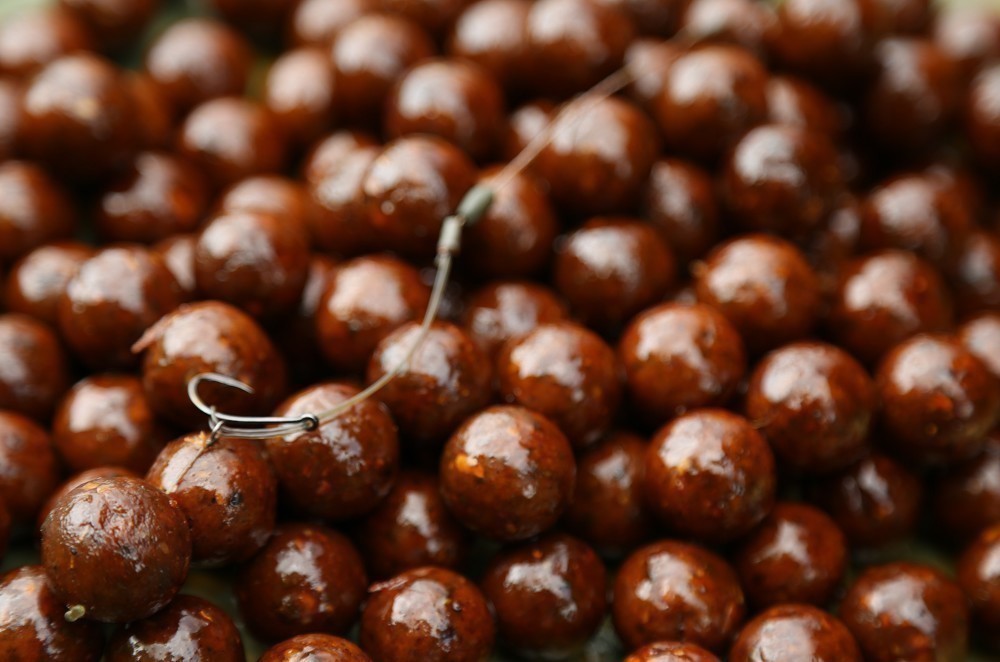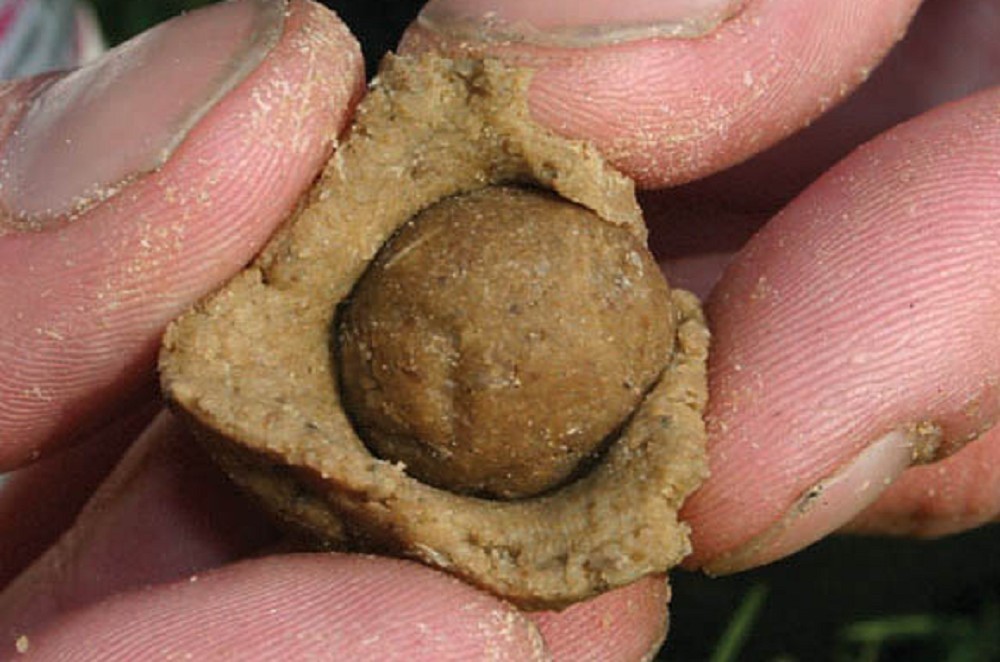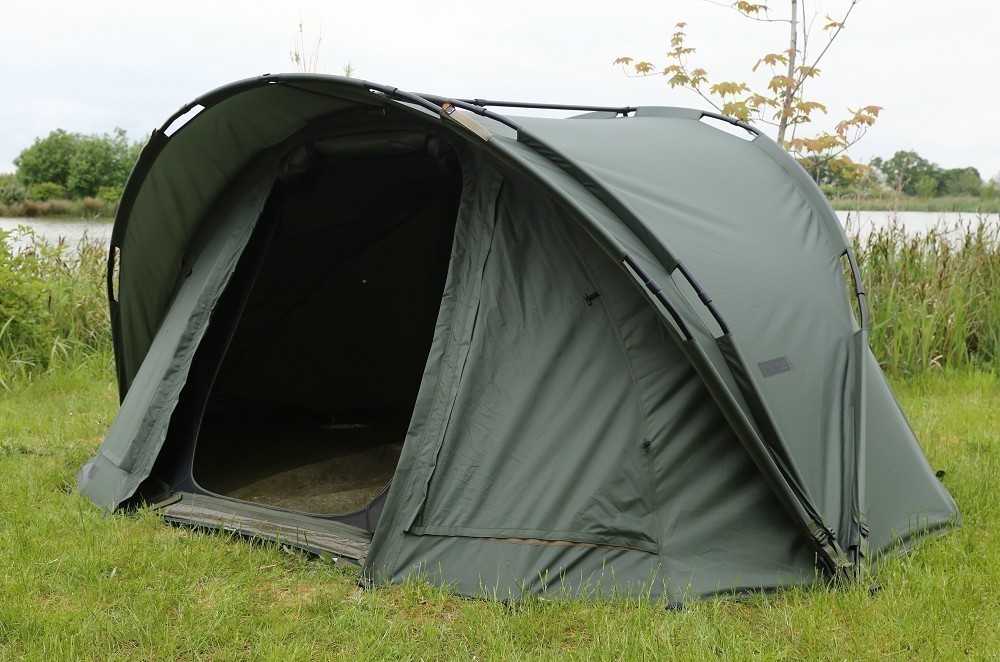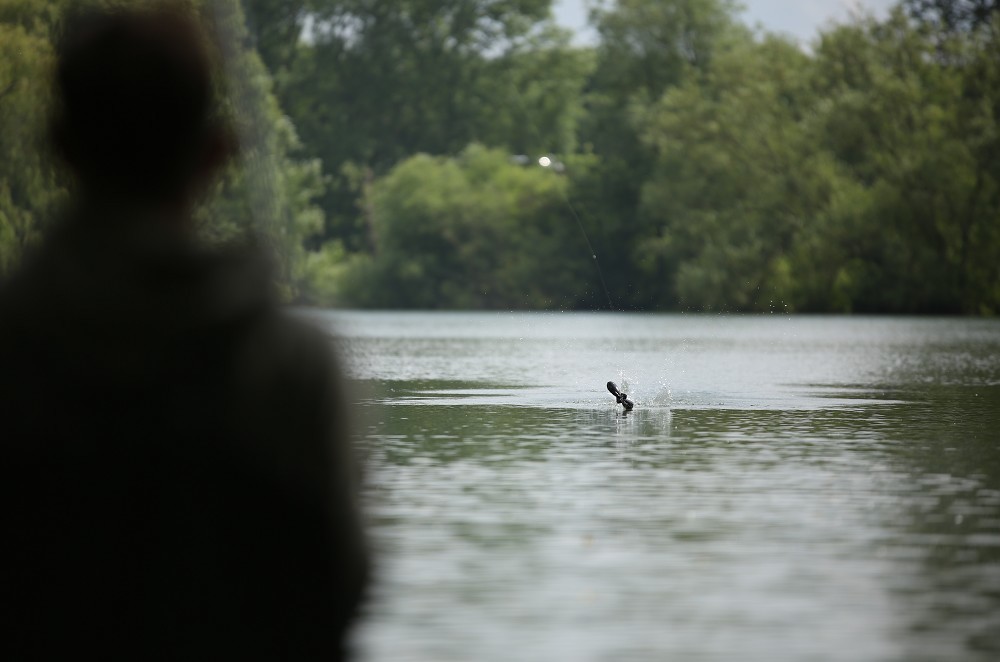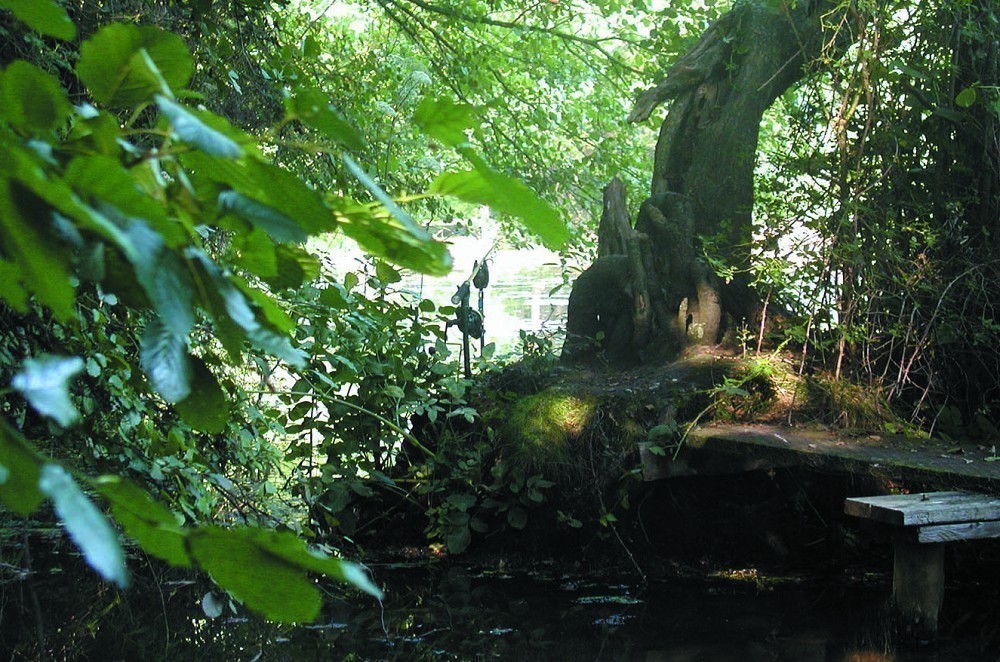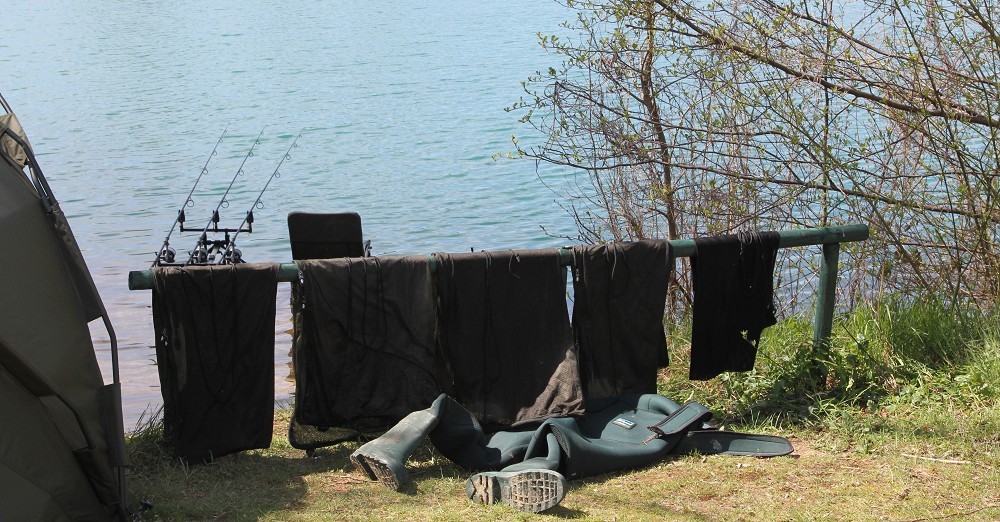
6 technical tricks & tips to having an epic week in France
Planning a fishing trip to France this summer/autumn? Then here’s six tips to make it a trip to remember
1. Washed-out baits
Something that works very well on pressured waters – and what French venue isn’t pressured these days? – is to tip a kilo or two of your chosen bait into the bucket of lake water 24 to 48hrs before you arrive at your French venue. On a lot of venues, most fish will back off a freshly baited spot – unusually for at least 48hrs, so but pre-soaking your bait, you’re cutting down the time it takes to ‘fool’ the fish into thinking the bait has been out there for a good period of time.
In a nutshell: Convince carp we’ve been there for 48hrs, when really we’ve only just arrived. It’s almost cheating!
2. Different buoyancies
This is a really simple little tip… Take a kilo of your chosen boilies and divide into four separate amounts. Then take each amount and put in the microwave and blast them for different times, i.e. 15, 30, 45 and 60 seconds. What this does is give your freebies different buoyancies. Just spod or catapult these out to your chosen spot and watch those indicators fly.
Just think of it this way: if every angler uses a bed of bait, then that bed of bait will all feel the same when the fish picks up the bait in its mouth to feed. If all the freebies are different buoyancies then the fish is put off guard and can’t regulate how it goes about its feeding. This will go someway to giving you a better chance of getting that bite when things are slow.
In a nutshell: It confuses the carp.
3. Big baits
Again, a really simple little tip, but something you don’t see many others doing. Take a normal size 20mm bait of your choice and some paste and wrap around the boilie until you get a bait around 40 to 50mm in size! Yep, that’s right, 40 or 50mm. Then quickly boil the baits to produce a softish skin so you can cast the bait out without it flying off.
In a nutshell: Everyone’s using 10-15mms. No ones using 40mms. You do the math…
4. French travelling essentials
With all the excitement leading up to a French trip it’s all too easy to forget some of the essential items you’ll require to travel in France. Some are quite obvious, such as a UK vehicle symbol, ferry or train tickets and a valid passport, but do you have breakdown cover and will it cover you in France? Make sure you check these things before you depart, as well as all the items needed to legally drive in France. You must have a warning triangle and a Hi-Vis jacket, plus a First Aid Kit and two breathalyser packs. Right-hand drive vehicles will also need headlight deflectors.
In terms of angling comfort, the chances are you’re going to be there for a full week, and on a large number of French venues you’re restricted to just one swim, which means you may as well go in total comfort. Big bed, guest chair, large bivvy, and if you can, opt for one with an inner dome capsule. Nash, Trakker, Fox and co. all sell bivvies like this, and trust us, there’s nothing nicer than having one of these inner mesh capsule like the one in Fox’s Royale Euro Dome. It keeps you bug-free whilst keeping you cool in the hot French heat thanks to having all the front and rear windows open.
Want to keep bug-free this summer? The Fox Royale Euro Dome is in shops now. To read our full review, click here.
In a nutshell: Take all your home comforts so you’ll be more comfortable and then you’ll fish better.
5. Fishing differently
Ask any fishery owner – at home or abroad – and we guarantee most of them will say the same thing: nearly all the anglers follow the same routine when it comes to baiting up. They will either cast out last thing at night, then bait up around their hookbait or recast first thing in the morning and then bait up. The fish will just get used to this over the summer.
Instead, watch what everyone else is doing and then do the opposite and this doesn’t just go for baiting up. Next time bait up ready for the night around 10 or 11 o’clock and have everything in place ready for the afternoon and preceding night. The swim will then have time settle for most of the day. Most other anglers will be getting their marker rods out around 6 or 7 o’clock at night and will all be spodding and casting out, while your area will be quiet and settled.
In a nutshell: Bait up early, so your swim is treating as a ‘safe area’, whilst others thrash the water to a foam.
6. Line angles/slack lines
Over the course of the summer, lakes can become very, very busy. Anglers in every swim, fishing to the same spots, and maybe over the course of the week an angler may get lucky, but the next angler in the swim may blank and so on and so forth.
The fish definitely associate areas with lines in them as danger and particularly if they are seeing these lines in the water at the same places in the same areas of their lake. After all, the lake is their home and if something is out of place then they investigate and can associate lines with danger.
Something that really works to alter the line angles angler’s fish to the spots. You can either do this by fishing the same spots from another swim, but this is not always possible, so use a bit of imagination you maybe able to change those line angles. Try using single banksticks and moving the rods and banksticks to different areas of the swim. If all this is not possible, then try fishing slack lines and we mean really slack.
In a nutshell: Look at the swim. Think where to position your rods. Outcome: Different line angles going through the swim.





